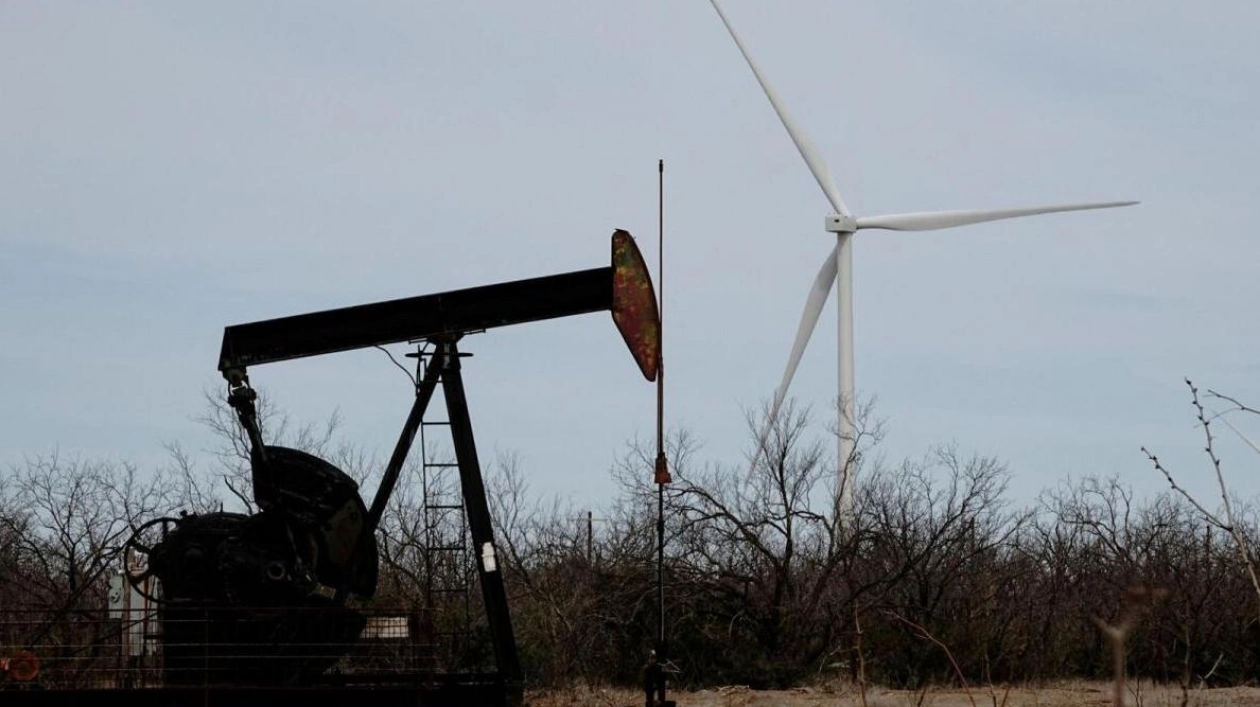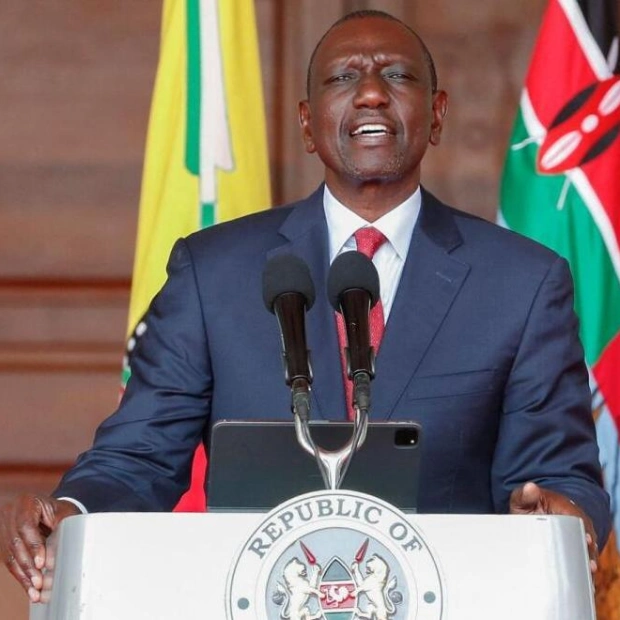Oil markets are expected to experience another year of subdued demand in 2025, as major economies show weaker growth and structural shifts, such as the increasing number of electric vehicles, continue to impact demand, according to recent research.
Emirates NBD Research indicates that the Organisation of Petroleum Exporting Countries and its allies, collectively known as Opec+, have limited options to boost production without significantly affecting prices, as demand wanes and non-Opec+ supply expands. Opec+ members may question the efficacy of production cuts if it results in lost market share without corresponding price support.
"Oil markets are likely to swing into surplus in 2025 even if Opec+ delays output recovery," stated Edward Bell, head of market economics at Emirates NBD. The research firm anticipates a decline in oil prices in 2025, with Brent futures averaging $73 per barrel and WTI at $71 per barrel, representing decreases of approximately 9% and 7% year-on-year, respectively.
A disorderly end to the Opec+ production management agreement could pose significant risks to prices, especially if producers compete for market share. Economic projections for major economies in 2025 point to a slowdown, with China's growth expected to drop to 4.5% from this year's consensus estimate of 4.8%, despite government stimulus efforts. The US economy is forecast to cool to 1.7% real GDP growth in 2025 from 2.5% this year, as the Federal Reserve aims for a soft landing.
Outside of China and the US, few major oil consumers are expected to show robust demand in 2025. India is projected to be the strongest case for higher oil consumption, with the IEA forecasting a growth of 220,000 barrels per day, accounting for over a fifth of the forecasted demand increase. However, other regions, such as Europe and Japan, are expected to see declining oil demand, particularly for transportation fuels.
Against this backdrop of stagnant demand, Opec+ producers face challenging prospects for 2025. Opec+ has already delayed production increases planned for October 2024. With non-Opec+ producers unconstrained by policy restrictions, Opec+ is running out of low-risk opportunities to restore production and regain market share.
The amount of oil Opec needs to produce to balance the market is expected to drop to an average of 26.2 million barrels per day in 2025, down from 27.2 million barrels per day in 2024. An increase in Opec+ output in line with targets could lead to a substantial surplus in the market, even if Iran maintains current production levels.
Emirates NBD considers an oil market surplus of more than two million barrels per day to be 'calamitous' for prices. The expectation of an oversupplied market has likely contributed to the recent drop in oil prices. Since April 2023, when new voluntary cuts were announced, Opec+ production has fallen to less than 22 million barrels per day, with collective idle capacity nearing six million barrels per day.
Opec+ is likely to plan gradual production increases throughout 2025 to avoid further ceding market share. However, adherence to production targets remains a challenge for Opec+ in managing oil markets effectively.
Non-Opec+ production will also be a headwind for prices. The US is projected to increase oil production by 420,000 barrels per day to 13.7 million barrels per day on average, just short of 14 million barrels per day by year-end. Other non-Opec+ producers, including Brazil, Canada, and Guyana, are also expected to increase supply.
Upside risks to oil price assumptions include geopolitical escalations affecting oil production or shipments, particularly in the Middle East and North Africa. Better-than-expected demand could also emerge if policymakers adopt more supportive fiscal or monetary policies.
The major downside risk for prices, according to Emirates NBD, is the potential fragmentation of the Opec+ alliance. A breakdown of Opec+ cooperation could lead to a market share contest, similar to the oil price collapse in Q2 2020.






